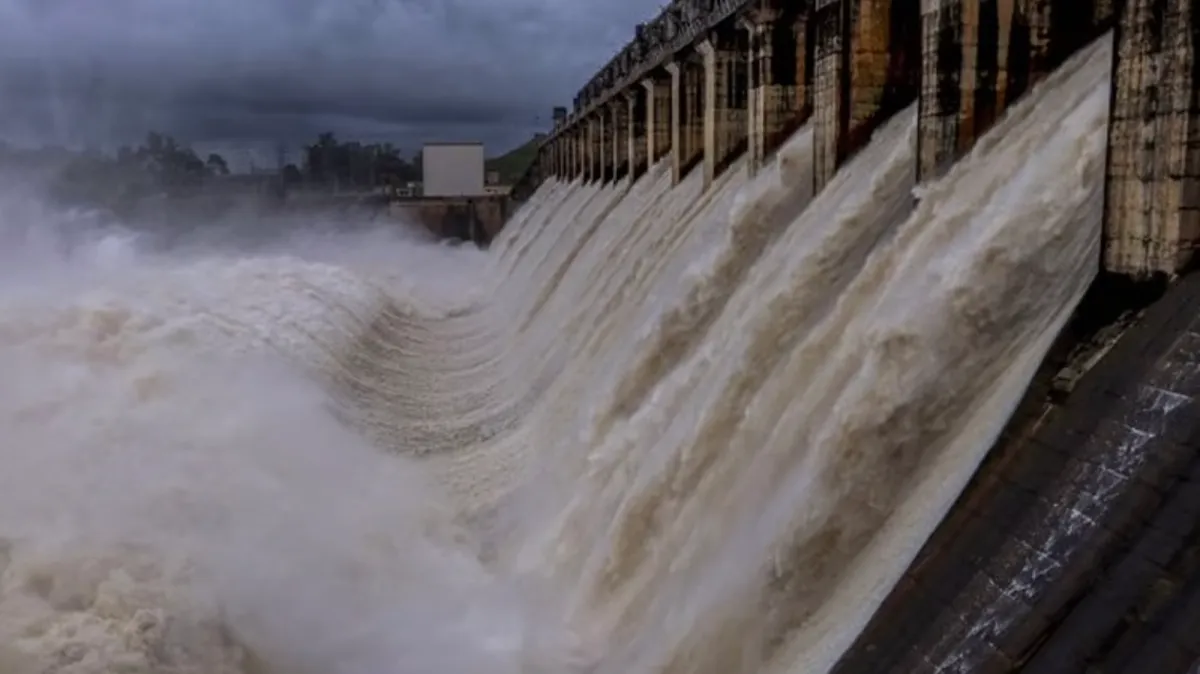China has announced plans to build a massive dam near its border with India, a project that could potentially be the largest in the world. Located on the Yarlung Tsangpo River, which becomes the Brahmaputra as it flows into India, this ambitious initiative has already sparked worries about its effects on water flow and regional politics. If completed, the dam would surpass existing hydroelectric facilities and is anticipated to produce significant amounts of energy.
India has voiced concerns regarding the project, fearing it could threaten water security downstream. The Brahmaputra River is crucial for millions in northeastern India, providing essential resources for agriculture, fishing, and drinking water. Any unilateral changes to its flow could heighten tensions between the two nuclear-armed nations, which already have a complicated history of border conflicts.
In response, China has defended its plans, highlighting the project’s importance for renewable energy and regional economic development. Beijing claims it will follow international guidelines for transboundary rivers, but India remains doubtful, pointing to a lack of transparency in previous water-sharing agreements. The proposed dam illustrates the increasing complexity of water diplomacy in a region facing the challenges of climate change.
Experts caution that the dam could intensify geopolitical tensions in South Asia unless approached through cooperation and dialogue. Environmentalists have also raised concerns about possible ecological harm, urging both countries to focus on sustainable solutions. As China advances with its plans, the global community is watching closely, recognizing that the implications reach beyond bilateral relations to broader issues of resource management and regional stability.









